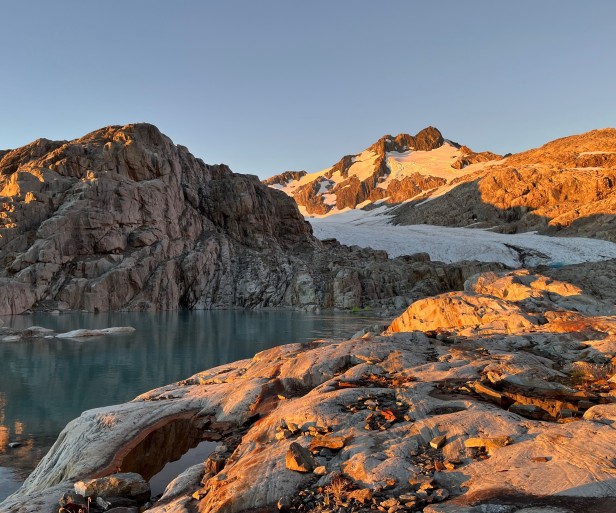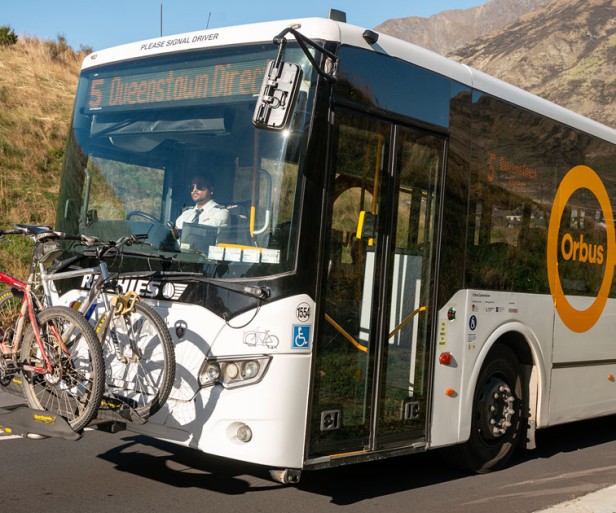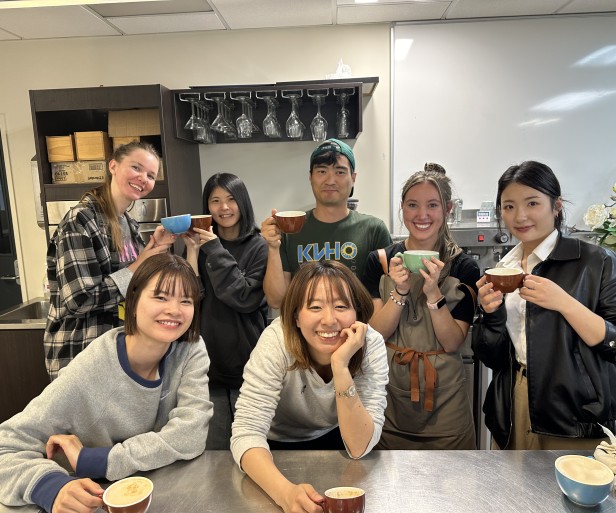Pristine clean or slimy green? The fate of our lakes is in our hands

It’s summer and our pristine lakes and rivers beckon, inviting that long-awaited cool off plunge, soak, or spot of waterskiing. However, increasingly we’re being warned to think before we sink as levels of pollution from the likes of e-coli and toxic algae can threaten the safety of our popular recreational spots.
Queenstown and Wanaka lakes have been renowned for their clean pure waters, however, there are concerns that water quality is gradually deteriorating and we need to take urgent action.
In recent years swimmers have been encouraged to check the LAWA (Land Air Water Aotearoa) website (lawa.org.nz) for the current water quality of their favourite swimming hole before taking a dip or allowing the kids or dog in the water. LAWA communications lead Nicole Taber says particularly after heavy or prolonged rain it’s advised to keep out of the water for two to three days, even at sites that usually have clean water. Bacterial contamination can occur from recreational users, and after rainfall when stormwater and rural run-off, especially after hot dry conditions, may contain human or animal faeces and effluent.
E-coli levels and toxic algae bloom are regularly monitored and posted on the site, but Taber says it’s important for people to do a visual check for pea green toxic algae bloom, especially if they have dogs or small children.
“It looks like pea soup and forms a green scum on the surface and discolouration in lakes, whereas on riverbeds that’s a darker brown which forms a matted-brown algae,” she says.
Faecal indicators are also regularly checked and these can be from human wastewater overflow, animals like stock, rabbits, possums and even birds.
Local Otago Regional councillor Alexa Forbes says she’s “really, really worried” about all of our great lakes and the council has launched a Deep Water Lakes Working Group to gather knowledge and develop protections.
“It’s complex because the pollutants have much to do with land use, storm and wastewater treatment, run-off from cars and roofs and general urbanisation. It all collectively damages our lakes and rivers,” she says. “There are indications of degradation that we need to heed if we are to preserve the ecosystem.”
She’s urging people to “think deeper” than whether water is safe to swim in. “Let’s consider what we need to do about it. If we don’t, we risk losing the very basis of our prosperity and lifestyle.”
Forbes wants to see people befriend their local beach, or a patch of nearby creek or riverbed and put pressure on those who can help work to protect it. “Neighbourhood groups and residents can set themselves up to apply for eco-funding that we have available and adopt a creek, beach or shoreline,” she says. Schools are already doing it, as with Horne Creek. ORC can also offer support and help and advice from its scientists to establish these ‘catchment communities’.
“These activities bring people back into relationship with their waterways.
“We’ve been too willing to prioritise economy over waterway health and we need to turn that around to ensure the health of lakes that were pristine only a few years back.”
Friends of Bullock Creek spokesperson Nancy Latham says local environmental groups are concerned that there’s been a lack of investment by Queenstown Lakes District Council into stormwater upgrades. It’s been inadequate to support the current tourism and housing development growth. They’re backing the council’s call for Central Government to step in and take the load off ratepayers, she says.
The Wanaka Lake Swimmers Club did citizen science water quality testing with the environmental organisation Touchstone directly after rain events. “We discovered an alarming increase in poor water quality and high e-coli levels after these rain events, particularly after dry weather when there are increased surface contaminants on the roads,” says member Eddie Spearing. “Its lake death by a thousand cuts.”
Saving Lake Hayes, one working bee at a time
Mayor Glyn Lewers call for Central Government to focus on the challenges and provide support through policy initiatives and levers to support sustainable stormwater investment is very opportune for the health of the community, Bullock Creek and Lake Wanaka, Latham says.
Friends of Lakes Hayes chairman Mike Hanff says volunteers have been working hard to turn around and reduce pollution loads on Lake Hayes. While there’s e-coli present at times, the main problem is stormwater run-off polluting the lake. “We have to change the way we deal with stormwater,” he says.
Major efforts around Mill Creek though mean it’s the cleanest it’s been in years. “A lot of work has gone in there by our group and Mana Tahuna,” he says.
“We’ve turned a corner. We’re working hard to get rid of algae blooms and get the balance right for fishing again.” However, he says any future growth and development can’t put any more load on the stormwater systems. The group is working with the council on this issue.









